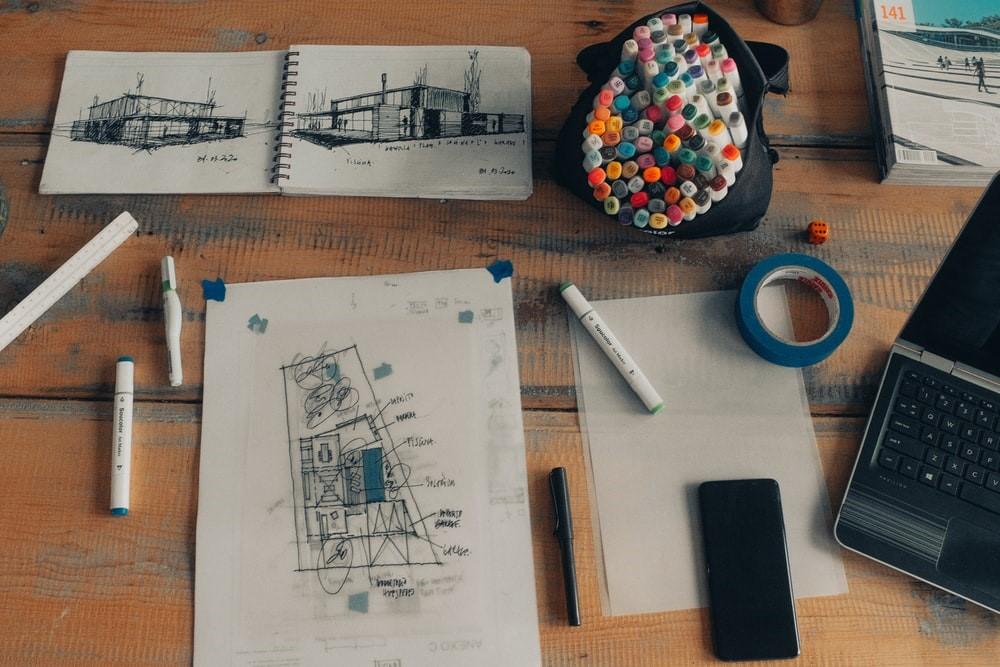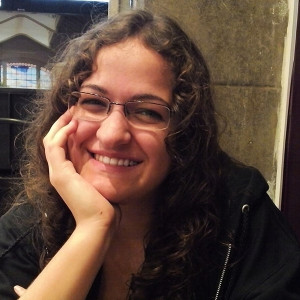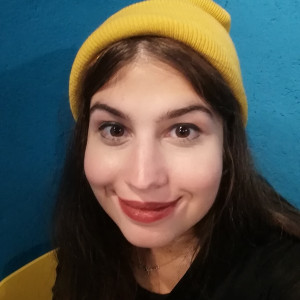The art of drawing has existed in one form since the beginning of human history.
Still, it wasn't until the 20th century that the principles of drawing were categorized and taught using scientific methods.
When people think of drawing, they often think of something that's only fun to do as a child, or they think it's something only capable of producing stick figures.
However, this might be true only if you have access to paper and pencil.
These principles are still applied to teaching drawing today, and this guide will help you understand them and use them to create an advanced drawing like never before!

What Are The 7 Principles Of Drawing?
If you're trying to learn how to draw, there are some basic fundamental principles you should be aware of. Moreover, there are several career opportunities you can avail in this field.
These principles will help your drawings improve quickly by streamlining your process and helping you make sure that each illustration has a strong foundation.
Here are seven simple rules you can follow as a guideline to save you hours of frustration in your creative journey!
- Please Concentrate On One Line At A Time
Take time to develop every line independently instead of rushing through your drawings too quickly.
You might have a good idea of what you want to draw, but it won't come out right if you don't take your time with each line.
- Start Simple Before Attemptiming More Challenging Designs
Draw something straightforward before moving on to more complex designs or images. This way, you can practice all of your fundamentals without being distracted by other elements in your design.
Moreover, learn the drawing styles that are easier to master and work your way up to more advanced ones.
- You Need To Know Your Lines When Drawing
Artists use many different types of lines when they draw, and knowing which ones work best for what you want to create is essential.
For instance, curved lines tend to look softer than straight lines, while angular lines create an impression of strength or boldness in a design.
- Don't Attempt Overly Complicated Pieces
It's easy to get caught up in making overly complicated drawings, especially when first learning to draw.
But going overboard with details can make your drawing difficult to read and understand and sometimes even detract from your original idea.
- Be Patient With Yourself; Learning To Draw Takes Time
Drawing takes time, and there's no magic trick that will instantly turn you into a pro artist.
The most important thing is taking breaks throughout the day to stay focused and maintain motivation throughout your artistic journey.
- Don't Compare Yourself To Others; Use Their Work For Inspiration
Instead of looking at others' artworks as a measure of success, try viewing them as inspiration for new ideas or techniques to incorporate into your work.
Remember that everyone starts somewhere, and comparing yourself to someone else will only set you back.
- Have Fun While Drawing And Leave All Stressors Aside
Drawing shouldn't feel like a chore; it should be fun! Don't let it become a stressful experience because once you lose interest in your artwork, it'll show in your finished product.
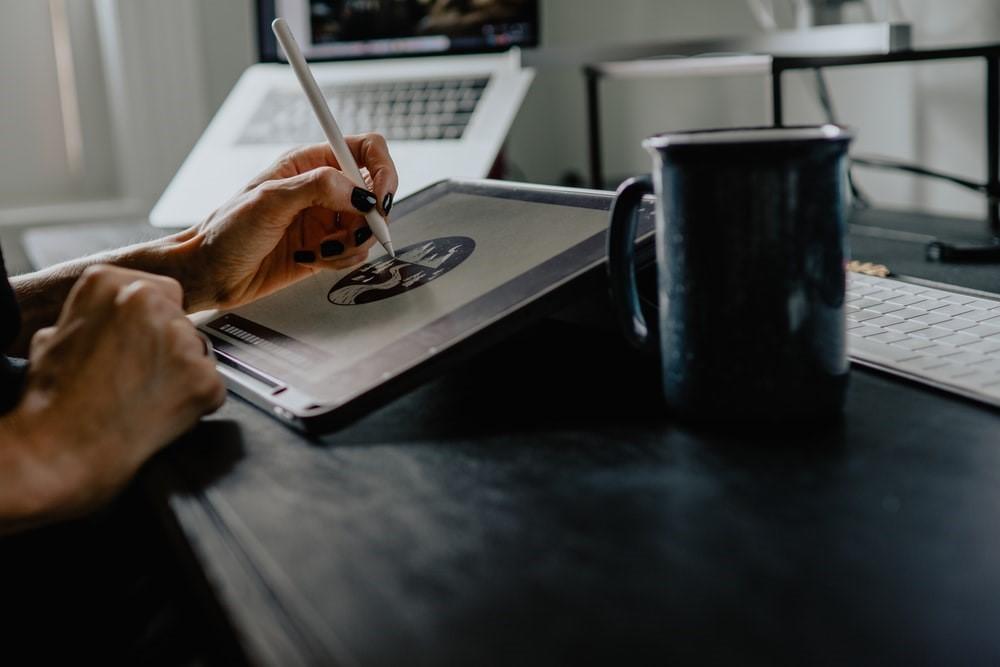
Remember why you started drawing in the first place to express yourself creatively and have fun doing it.
What Are Some Advanced Drawing Techniques Artists Should Know?
Often when someone is learning to draw, they will start by trying to reproduce a photograph or other image as realistically as possible.
While that approach can be valuable and lead to some excellent drawings (if you're talented), it's not really where advanced drawing begins.
To be clear, advanced drawings don't always have realistic elements. They may do things like experimenting with color or composition in ways that might seem strange or unusual.
The point is that an advanced drawing isn't necessarily better than a beginner's work, but it does use different tools and techniques to achieve its goal.
You'll need to learn how those tools and techniques work to get started on your advanced drawings.
Fortunately for artists everywhere, there are plenty of resources designed specifically for that purpose.
One beneficial tool is Drawspace, which offers several tutorials on everything from basic pencil-and-paper sketches to more complex digital designs.
How Do I Start To Learn Drawing Online?
You might think you can't learn to draw online, but you can with an excellent instructor and a steady hand.
In addition to all kinds of resources online, there are also great teachers available through various programs that enable you to learn without ever leaving your home or office.
It doesn't matter if you want to learn how to draw advanced or pencil easy drawings; you can do it.
Whether you have time for only one lesson per week or would like to take classes on your schedule, many programs are available if you want to learn how to do drawing online.

How Do You Draw A Pencil Easy Sketch?
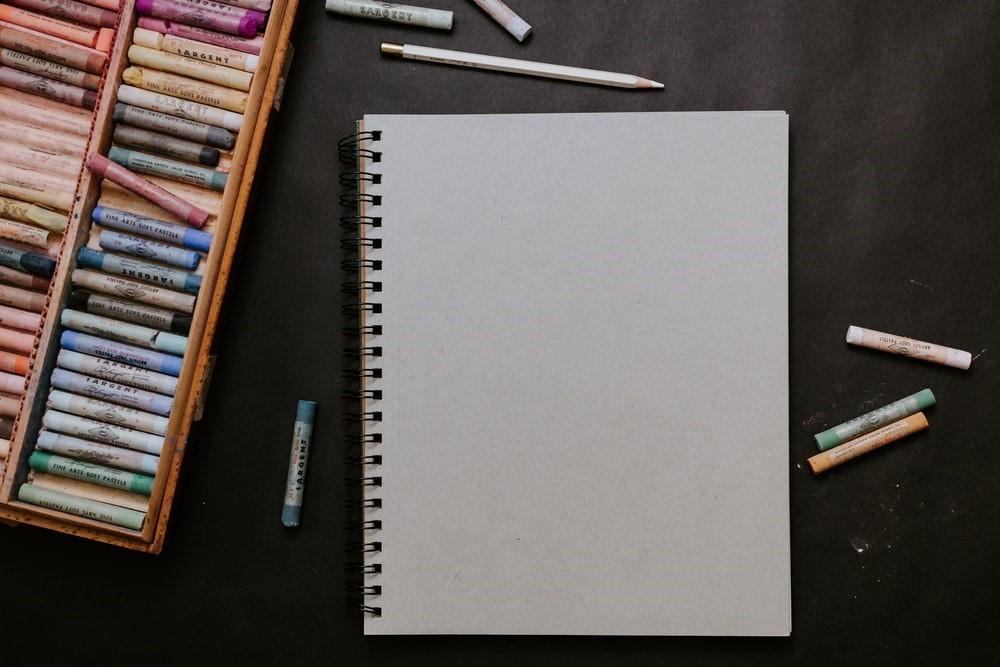
When it comes to art, you have probably either heard that anyone can draw or no one can draw. Most people could likely benefit from some help in learning how to draw pencil easy drawings.
However, becoming an amazing artist will take time and dedication. Drawing has been around for thousands of years, and there is nothing like learning first-hand how masterpieces were made.
As stated above, pencil easy drawings don't always require pencils. With modern technology such as tablets and apps, you can easily draw without even picking up a pencil.
There are even advanced online techniques, such as sketching using your tablet screen rather than paper, if that's more convenient for you.
If advanced drawing interests you, researching different software and devices is recommended so that your artwork never feels limited by your tools again.
Nowadays, everyone knows someone who can't draw, but they've never actually taken the time to study or practice their skillset properly!
What Are The 9 Main Drawing Techniques?
If you're looking to take your drawing skills to the next level, these advanced drawing techniques can help you make your art more detailed and sophisticated.
You'll be able to create realistic drawings of anything from everyday objects to animals or people that look so real.
Start with these easy drawing tips, and then try these advanced techniques to see how much impact they can have on your drawings.
- Start With An Idea
Everybody has a different approach to how they start their drawings. Some people like to get right down to it and draw what they see in front of them.
Some sketch out a rough idea before going into details, while others find inspiration strikes when they sit down with a blank sheet and pencil.
In most cases, easy drawings for beginners can be found almost everywhere.
While advanced drawing is often reserved for professionals or experts, anyone can create unique pieces if given some time to practice. Just remember to have fun!
- Planning Is Key
Before you even pick up a pencil, you need to understand what you want to draw. Many beginning artists have trouble with where to start; there's not much to draw without a concept in mind.
Start by deciding on something specific (but realistic) that you want to recreate; if you're stuck, try brainstorming ideas or researching inspiration online for easy drawings for beginners.
When people tell artists they know how to draw, they have an innate sense of proportion and spatial relationships.
Like any other skill, say, driving a car, you can learn how to sketch more realistically by systematically practicing and recording your progress.
- Move Your Hand, Don't Move Your Eye
It can be tough to translate what you see in your head onto paper as you're starting. If you're looking at a face, say, don't look at all of it; concentrate on a tiny detail instead.
This makes it much easier to master and learn how to do. You may notice how easy drawings for beginners become when you try and tackle advanced ones that seem impossible.
- Practice Makes You Perfect
Easy drawings for beginners are essential. You want to start with easy things because you can only get better if you practice often.
Think about it like weight lifting. If you're trying to build muscle, you won't get better unless you lift heavier weights consistently.
The same principle applies here: The more sketches you do (even if they're bad), the easier it will be for your brain to process what a good one looks like. Practice makes you perfect!
- Don't Be Afraid To Make Mistakes
The best drawings begin with a pencil. Don't worry about making mistakes at first because they give you practice and help you learn how to be quick with your strokes.
It may seem not very comforting, but it gets much easier once you find your rhythm.
Start by sketching objects that don't have too many details or parts; beginner artists have a hard time drawing the facial features
Advanced drawings are for those who have mastered the fundamentals of drawing. You can move on to creating more detail in your pictures now and think about shading them.
- Draw What You See
Rather than having a preconceived idea about what you want to draw, focus on copying precisely a person, place, or thing.
When drawing from life, it's important to look at objects as if you've never seen them before.
This will enable you to see things in 3D and pick up on small details that otherwise might be overlooked. You'll have more fun with your artwork, too.
An advanced drawing doesn't always have to be realistic; it can become anything you imagine. Experimentation is key! Draw freely and let your imagination run wild!
Be original and challenge yourself with new subject matter as often as possible.
- Use Simple Shapes
It's easy to be intimidated by an artist's rendering of a horse or a landscape, and it can seem like there's a particular mystery in how these drawings come to life.
But, many simple shapes (squares, triangles, circles) include complex drawings. Artists who draw regularly develop an eye for picking out different forms that make up familiar objects.
- The Pencil Is Your Friend; Use It Well
It's best to take a relaxed approach to draw. It's all too easy to get frustrated and think you're not good at it, but your drawings will improve over time if you focus on having fun.
For instance, try making 10 or 20 simple freehand doodles every day for a week; don't worry about whether they look good; first, have fun.
Then, compare those first drafts to your finished product after a week, and you'll be amazed at how much progress you've made.
And remember that even if you can't draw very well yet, you can learn how.
- Be Consistent
Find a routine that works for you. Whether sitting down to draw every day at a specific time or dedicating just a few minutes each week, consistency is key to mastering your new hobby.
Figure out what fits best into your schedule and stick with it! You might even want to get an app that will help you keep track of your progress or offer reminders.
Aim for something fun but challenging enough to feel accomplished when you set aside time each day or week.
Finding something that works for you (and sticking with it) is crucial when starting anything new.
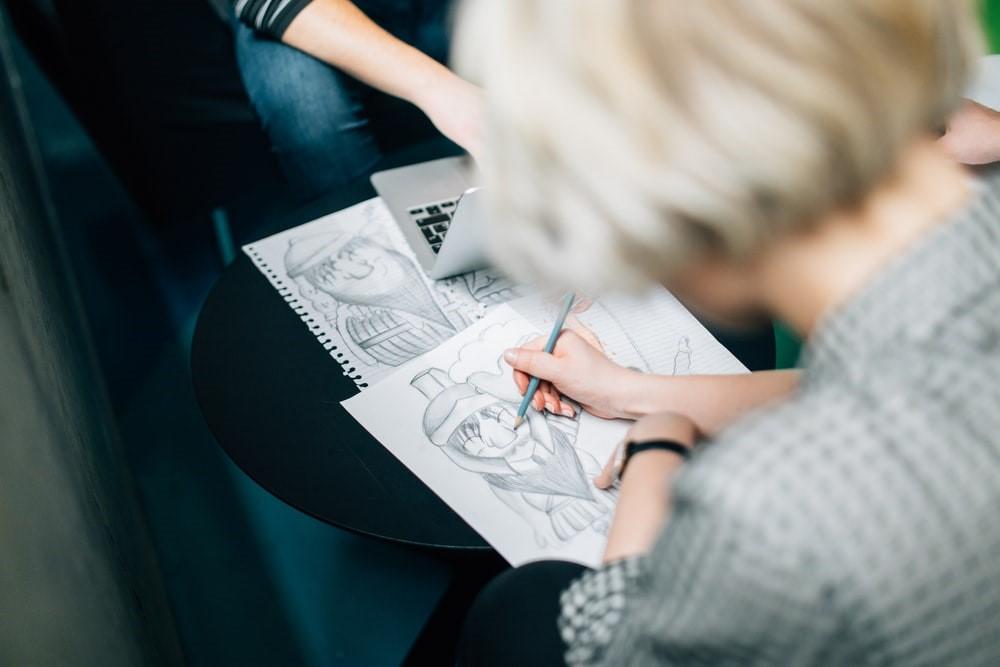
University Art Classes Available Online For Free
Here are some university drawing courses you should check out:
| Universities | Duration |
|---|---|
| Harvard University | 8 weeks |
| Art Institute of Chicago | 4 sessions |
| Michigan State University | 7 months |
| California Institute of Arts | 4 weeks |
| Yale University | 9 weeks |
Master Your Drawing Skills With Superprof
Have you always dreamed of becoming a professional artist but never had any idea where to start? Search the top US cities for artists to pursue a career. If that doesn't help, we can.
At Superprof, we want to take you from no experience to being able to hold your own in an art class.
It doesn't matter if you want to learn how to draw animals or how to draw caricatures. Our experts can help you reach your goals.
If you need online courses for pencil easy drawings, look no further than Superprof, and start learning today!

